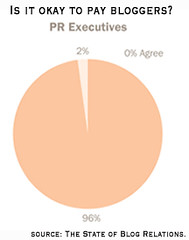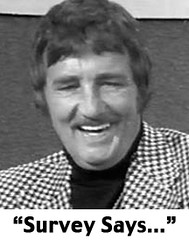There is an interesting twist to two so-called controversial advertisements produced and pulled by Mars Inc. and Heinz Company. According to an Advertising Age article, some people in the United Kingdom aren’t happy that Mars Inc. and Heinz Company pulled advertisements after being pressured by American special interests.
The Mars Inc. commercial featured a speed walker being harassed by Mr. T to become a “real man.” It was targeted by The Human Rights Campaign (HRC). The Heinz Company commercial, which featured a two dad household, was targeted by The American Family Association, which is a Christian activist group. Neither advertisement aired in the United States.
"People in the U.S. tend to be very reactive," Gerry Moira, creative chairman of Euro RSCG, London, told Advertising Age. "Everybody there belongs to a minority — even if there are millions of them.”
One spokesperson for Stonewall, a U.K. gay-rights group, reportedly said the Mars Inc. ad seemed "harmless" and that there was “no suggestion [the speed walker] was gay.” In fact, not even one U.K. gay rights group was bothered by the ad.
All in all, it seems neither the HRC (nor the American Family Association on the opposite end of the spectrum) pressure on companies has made much of a statement for homosexuals or family values. Both groups have, however, made a statement about Americans.
For more some other views, see this post, which includes an interview with Mr. T, and this post for the Heinz ad. The latter, which offended some conservatives and some homosexuals in the United States, received a mere 200 complaints in the U.K. where it aired.
Personally, I think we’re getting ban happy. It’s just too easy to call something like this ad something it’s not.

The Mars Inc. commercial featured a speed walker being harassed by Mr. T to become a “real man.” It was targeted by The Human Rights Campaign (HRC). The Heinz Company commercial, which featured a two dad household, was targeted by The American Family Association, which is a Christian activist group. Neither advertisement aired in the United States.
"People in the U.S. tend to be very reactive," Gerry Moira, creative chairman of Euro RSCG, London, told Advertising Age. "Everybody there belongs to a minority — even if there are millions of them.”
One spokesperson for Stonewall, a U.K. gay-rights group, reportedly said the Mars Inc. ad seemed "harmless" and that there was “no suggestion [the speed walker] was gay.” In fact, not even one U.K. gay rights group was bothered by the ad.
All in all, it seems neither the HRC (nor the American Family Association on the opposite end of the spectrum) pressure on companies has made much of a statement for homosexuals or family values. Both groups have, however, made a statement about Americans.
For more some other views, see this post, which includes an interview with Mr. T, and this post for the Heinz ad. The latter, which offended some conservatives and some homosexuals in the United States, received a mere 200 complaints in the U.K. where it aired.
Personally, I think we’re getting ban happy. It’s just too easy to call something like this ad something it’s not.





































